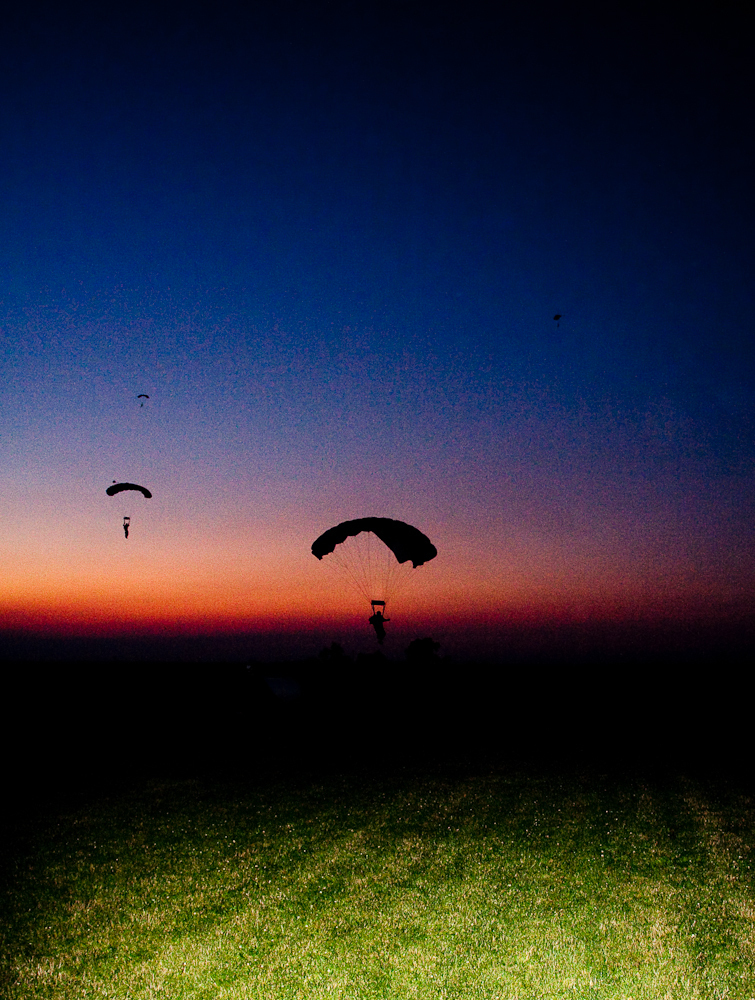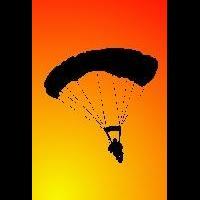Recommended Posts
fcajump 164
QuoteQuestion... In conversation with some other riggers/skydivers the following came up...
This question is for riggers and/or people that know the regulations and can cite their source.
FYI - found this on the FAA's site in a document uses as guidance to the FAA inspectors:
8-476 ALTERATION OF THE MAIN PARACHUTE.
A. The main parachute of a dual parachute pack to be used for intentional jumping may be altered by a master parachute rigger, the manufacturer, or any other manufacturer the Administrator considers to be competent. The alterations are not required to be made in accordance with approved manuals and specifications (14 CFR § 65.125(c)). Master parachute riggers are not required to comply with 14 CFR sections (§§) 65.127 through 65.133 (relating to facilities, equipment, performance standards, records, recent experience, and seal) when altering the main parachute.
B. Any change to the configuration, method of operation, or method of packing the main parachute, up to and including the main canopy attachment links or the male end of the quick release fittings, is a main pack alteration. Any main parachute alteration that affects the strength or operation of the auxiliary parachute, including the harness, must be regarded as an alteration of the auxiliary parachute and handled accordingly.
http://fsims.faa.gov/PICResults.aspx?mode=Search&q=parachute&kw=parachute&status=a&syn=1&sort=0&
--------------
Not saying I think their position is right/wrong or even clear when it comes to certain detials... just this is what they tell their own people...
Take it for what its worth.
JW
Always remember that some clouds are harder than others...
tdog 0
Quotemale end of the quick release fittings
Wow, I did not know my rig had a quick release penis???
mark 107
QuoteQuotemale end of the quick release fittings
Wow, I did not know my rig had a quick release penis???
Capewell release. I'm sorry I remember when they were common on sport rigs.
Mark
tdog 0
I know..... Just making a funny.![]()




So are you saying that you believe the FAA used to write and understand english when the original regs were written? If so, what makes you think so?
I'm just a newbie, but it sure seems to me that if you presuppose that the above is the correct version, to be taken literally, it is giving explicit permission to Master riggers to do all that stuff to mains. It doesn't explicitly prohibit anyone else from working on them. If that was the FAA's intention, all they had to do was ad the word ONLY in the right places.
Perhaps he and many others back then thought the regs were not written properly, and just chose to ignore this rather than getting the FAA all worked up into a rewriting frenzy? I don't know, I'm just saying.
Yup. I would think so. God only knows what the result would be if the FAA starting writing more regulation on this topic, considering the mess we seem to already be in trying to figure out what the the current regs mean.
Share this post
Link to post
Share on other sites